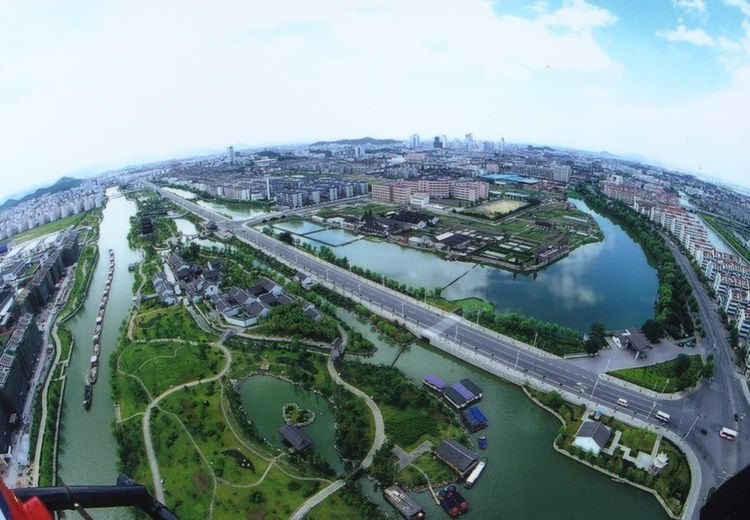Comprehensive Governance of Huancheng River in Shaoxing City
Contributed by: YAO Shujun (Taihuj Basin Authority); SUN Leilei (Qiantang River Administration of Zhejiang Province); XU Zhilin (Water Conservancy Bureau of Shaoxing City of Zhejiang Province)
